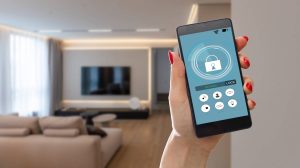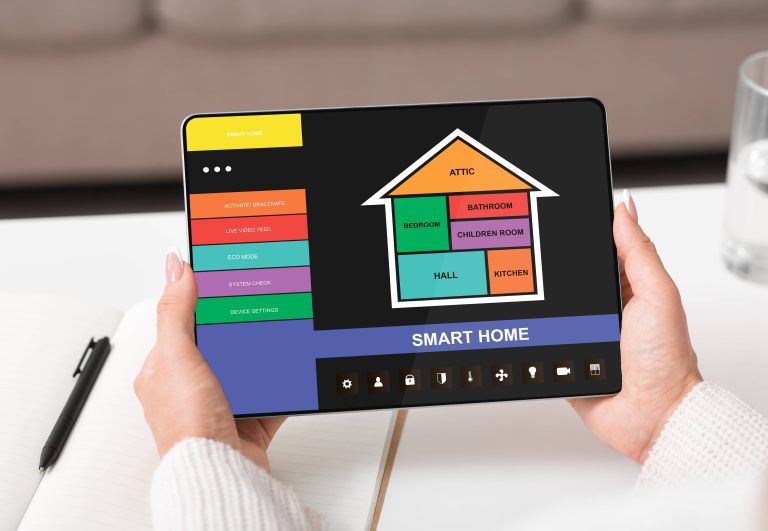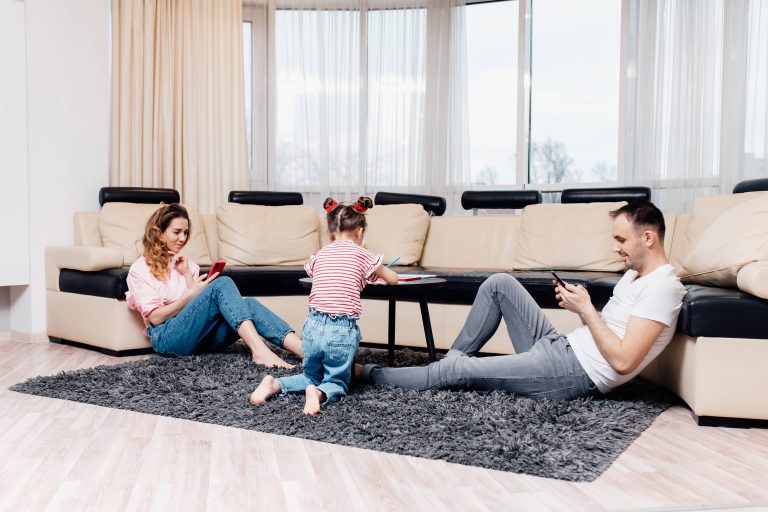
Introduction
In an increasingly connected world, smart home technology has changed the way we go about our daily lives, offering convenience, efficiency, and peace of mind. One area that has seen significant growth and innovation is smart home security. As we sleep, our home should serve as a fortress, protecting us from potential intruders and hazards without us having to lift a finger. In this blog post, we will explore some of the latest innovations in automating smart home security during sleep, allowing you to rest easy knowing your home is safeguarded by cutting-edge technology.
1. Intelligent Security Cameras
One of the first lines of defense for any home is a reliable security camera system. The latest generation of intelligent security cameras goes beyond mere motion detection; they are equipped with advanced AI capabilities that can distinguish between a family member, a pet, and an intruder. Some cameras are even capable of recognizing the distinct faces of frequent visitors, reducing false alarms and ensuring that any unusual activity is promptly detected.
These cameras can automatically adjust their sensitivity levels at night, ensuring optimal performance in low-light conditions through infrared technology or low-light sensors. Additionally, the footages are stored securely in the cloud, accessible from anywhere in the world through your smartphone.
2. Smart Locks and Automated Entry Systems
Gone are the days of fumbling with keys or worrying about whether you locked the door. Smart locks and automated entry systems provide a seamless and secure way to control access to your home. These devices can be programmed to lock and unlock based on your family’s habits and routines. For instance, they can automatically lock the doors when you go to bed and unlock them first thing in the morning.
Moreover, these smart locks can be integrated with other smart home devices, including security cameras and alarm systems, creating a cohesive security ecosystem. They can be remotely controlled and monitored, so you’ll always know who’s coming and going, even when you’re not at home.
3. Enhanced Motion Sensors
Motion sensors have come a long way since their inception. Today’s sensors are capable of distinguishing between various types of movement, minimizing false alarms caused by pets or environmental factors like wind. These enhanced motion sensors can be strategically placed around your home’s perimeter and integrated with your smart home security system.
When you go to bed, these sensors can be programmed to enter an armed state, scanning for any unusual activity. If they detect movement, they can trigger an array of responses, from sending alerts to your phone to activating floodlights or even sounding an alarm.
4. Night-Time Drone Surveillance
While still in its early stages, drone technology has begun to make its mark on home security. Drones equipped with cameras and sensors can patrol the perimeter of your home, offering an aerial perspective that traditional security systems can’t provide. These drones can be programmed to fly on predetermined paths during the night, looking for any signs of unusual activity.
In the event of a security breach, the drone can quickly hover over the affected area, providing live footage and critical information about the situation to the homeowner and law enforcement. As this technology advances, we can expect to see more homes adopting drone surveillance as an integral part of their security strategy.
5. Integration with Smart Home Hubs
Modern smart home hubs, like those offered by Amazon Alexa, Google Home, or Apple HomeKit, have become the nerve centers of our connected devices. These hubs allow you to control and automate various aspects of your home security through a single interface. For example, you can create routines that automatically arm your security system, lock the doors, turn off the lights, and set the thermostat to a comfortable sleeping temperature with a single voice command or tap on your smartphone.
These hubs also enable seamless integration with various third-party devices and services, ensuring that your smart home security system can grow and adapt with your evolving needs.
6. Smart Smoke and Carbon Monoxide Detectors
Security is not just about protecting your home from intruders; it’s also about safeguarding against environmental hazards. Smart smoke and carbon monoxide detectors are essential components of any comprehensive smart home security system. These devices can detect the presence of smoke or dangerous levels of carbon monoxide and send instant alerts to your phone, even if you’re sleeping or away from home.
Some of these detectors are equipped with additional features such as nightlights and voice alarms, ensuring that everyone in the home is alerted in case of an emergency. They can also be integrated with your smart home hub, triggering actions like unlocking doors or disarming security systems to facilitate a quick and safe evacuation.
Conclusion
As the smart home ecosystem continues to evolve, so too does the potential for enhancing security and peace of mind, especially during the vulnerable hours when we are asleep. From intelligent security cameras and smart locks to advanced motion sensors and drone surveillance, the future of home security is bright, innovative, and highly automated. By investing in these cutting-edge technologies, you can ensure that your home remains a safe haven, allowing you to sleep soundly without worry.
Rest assured, the days of wondering if you’ve locked the door or left the lights on are behind us. With the latest in smart home security innovations, you can embrace a future where the only thing you need to think about when you go to bed is getting a good night’s sleep.







